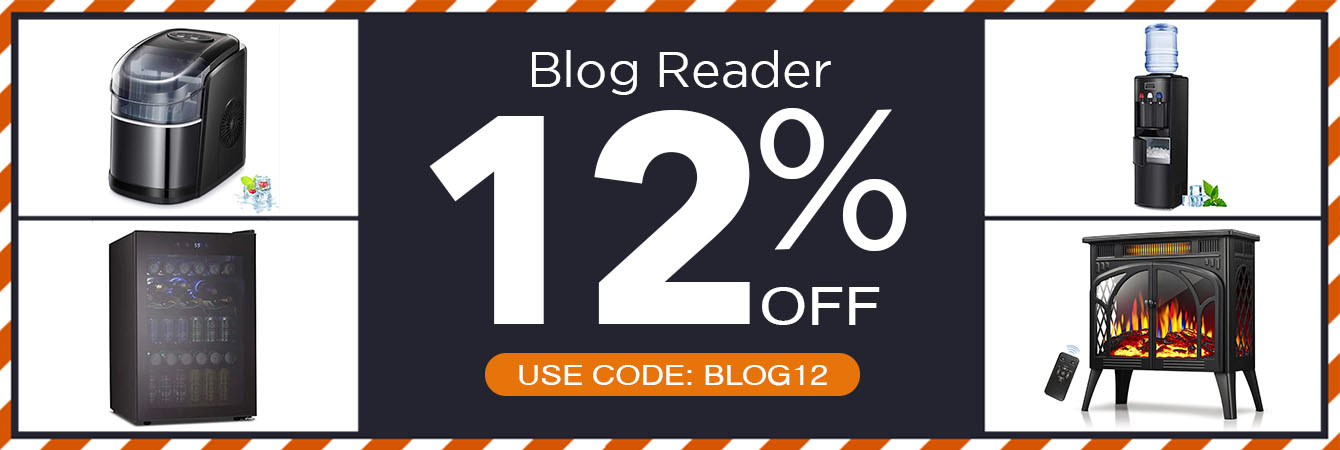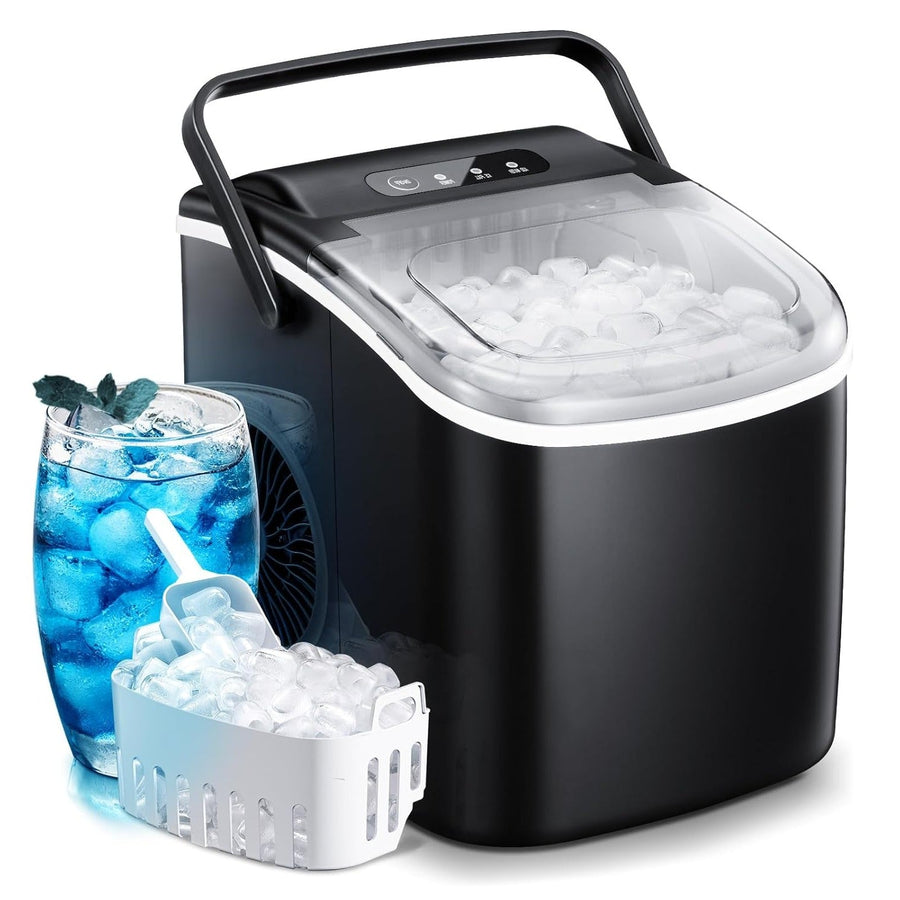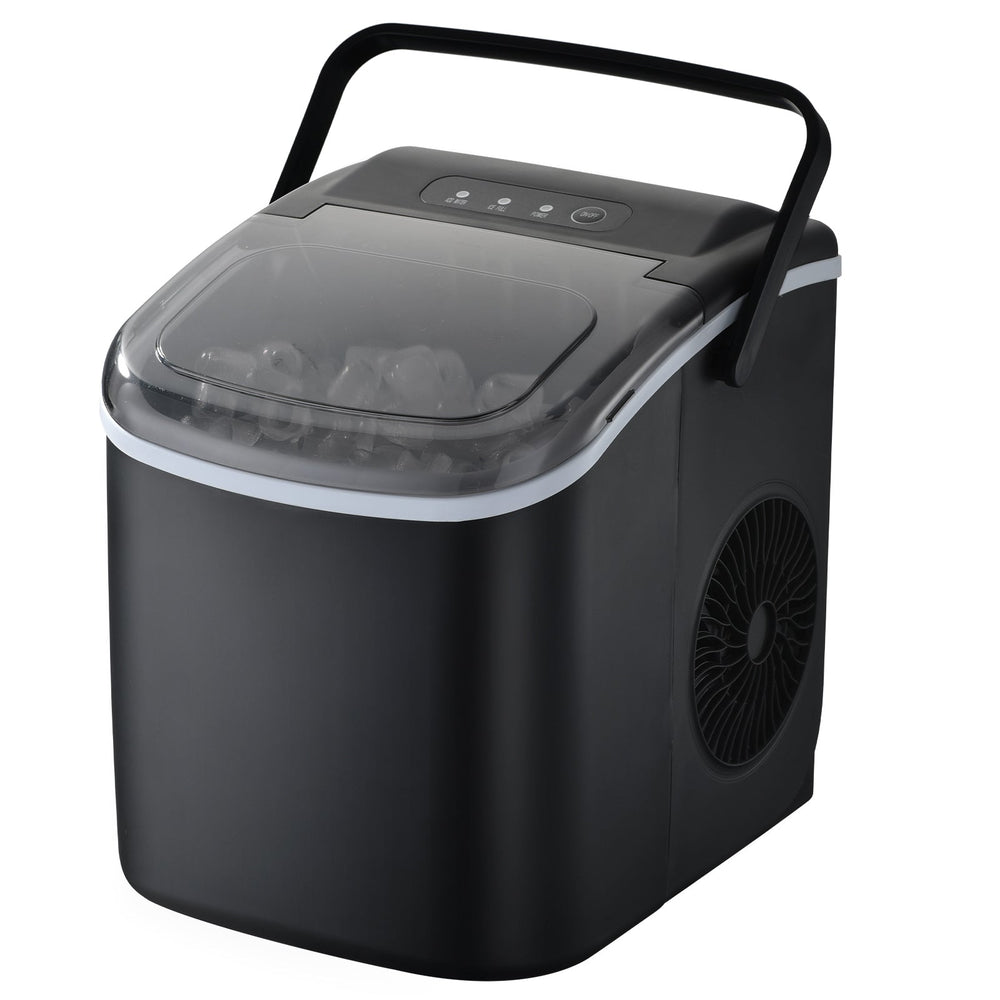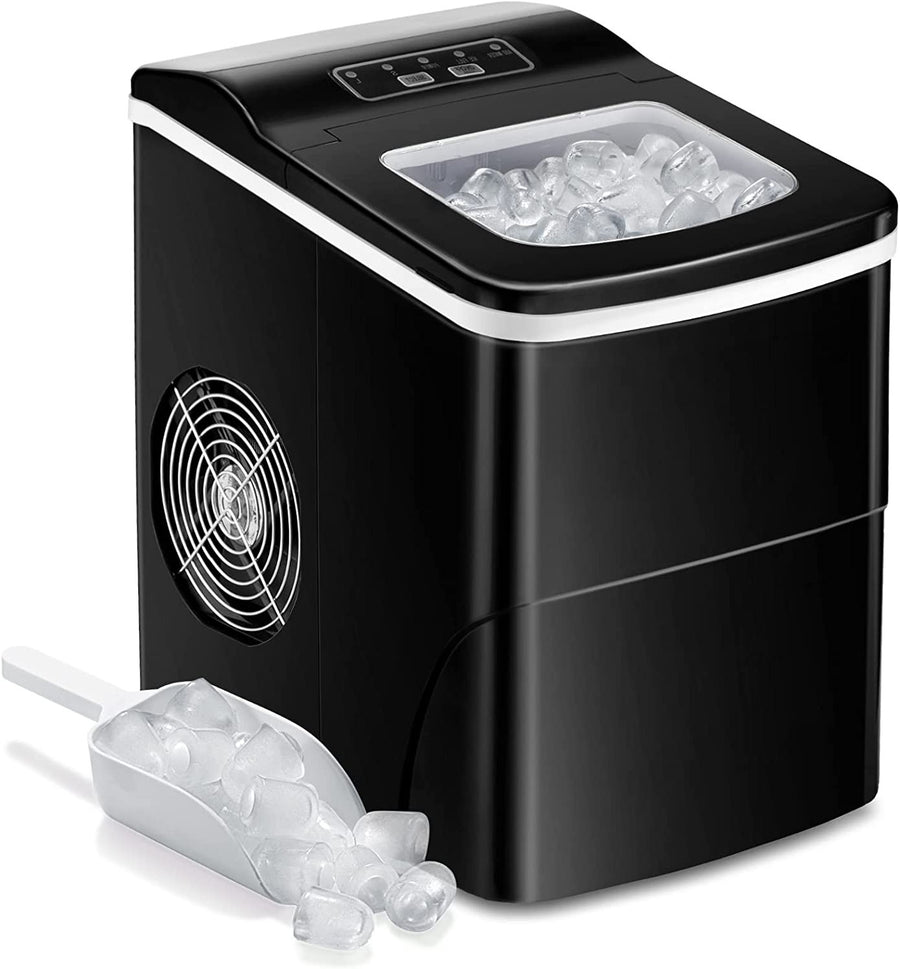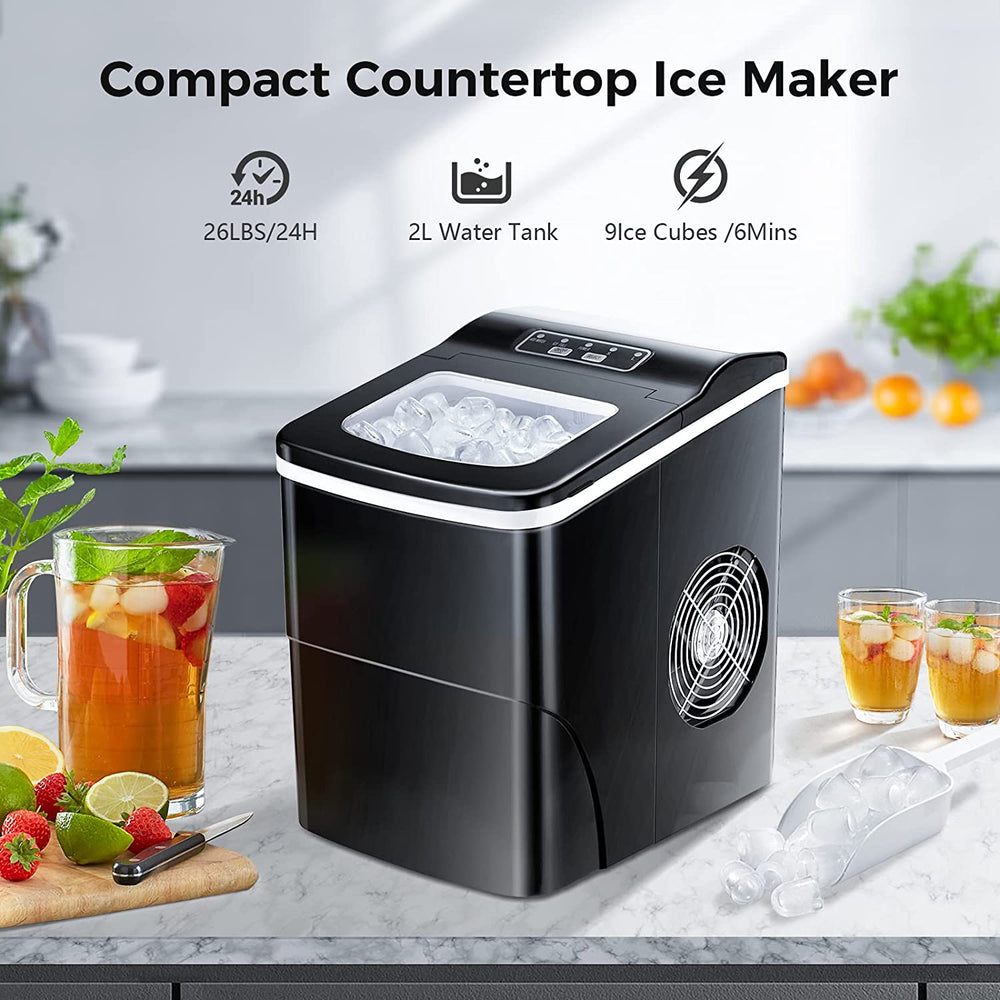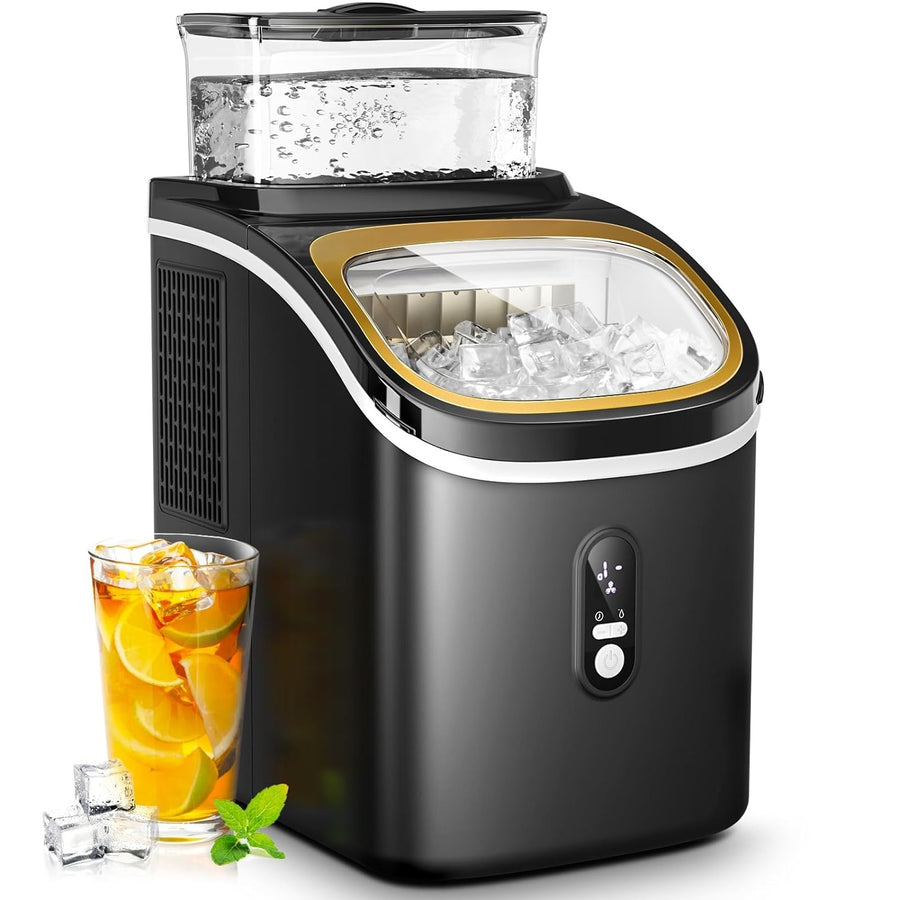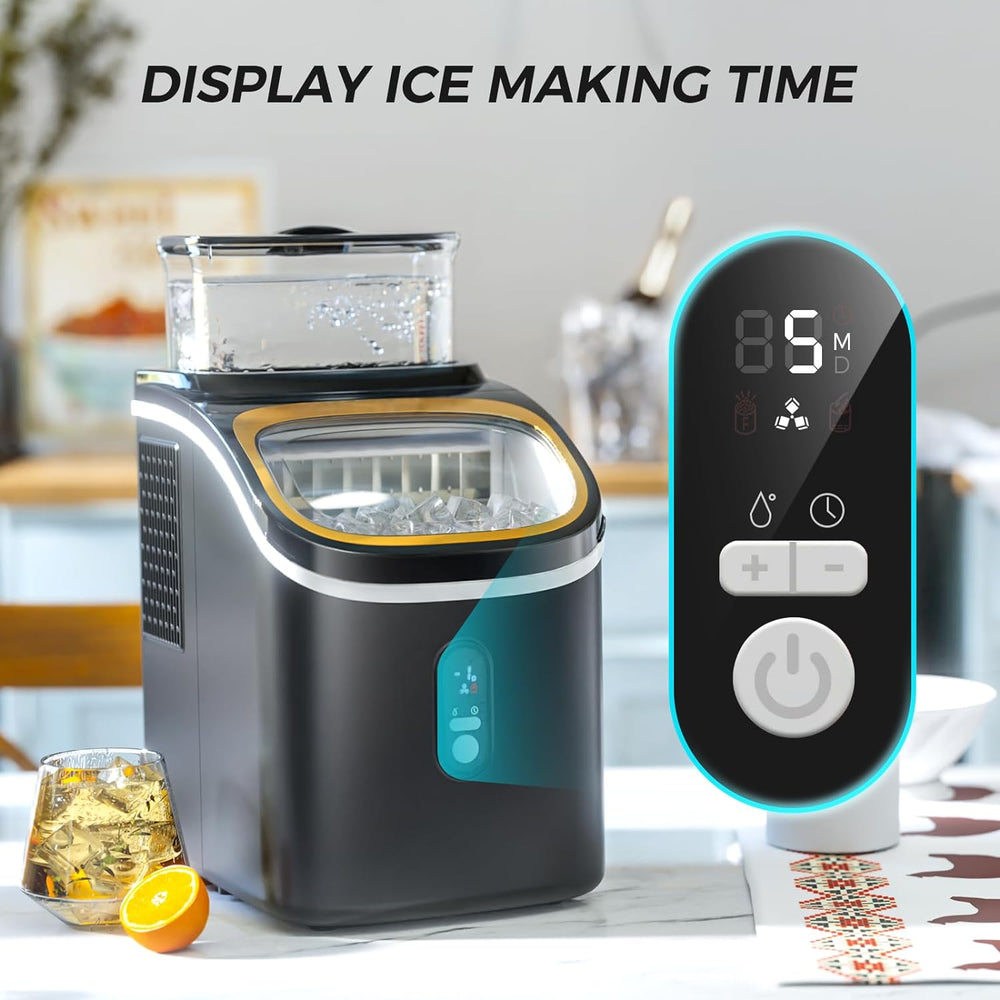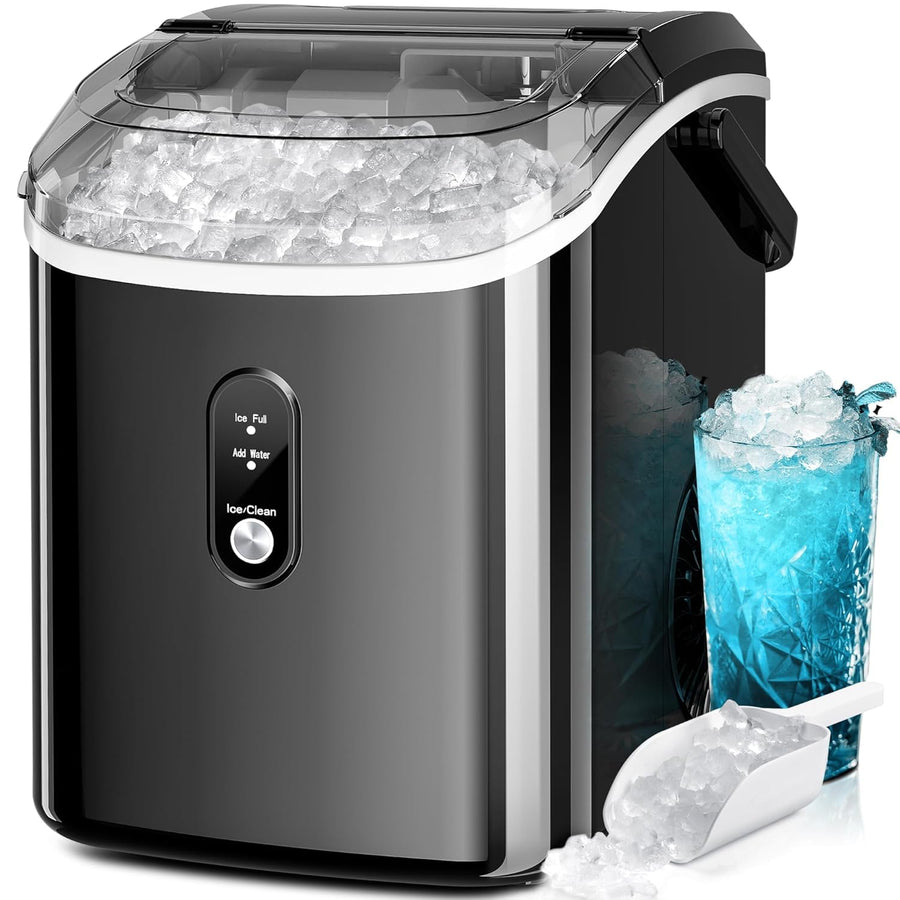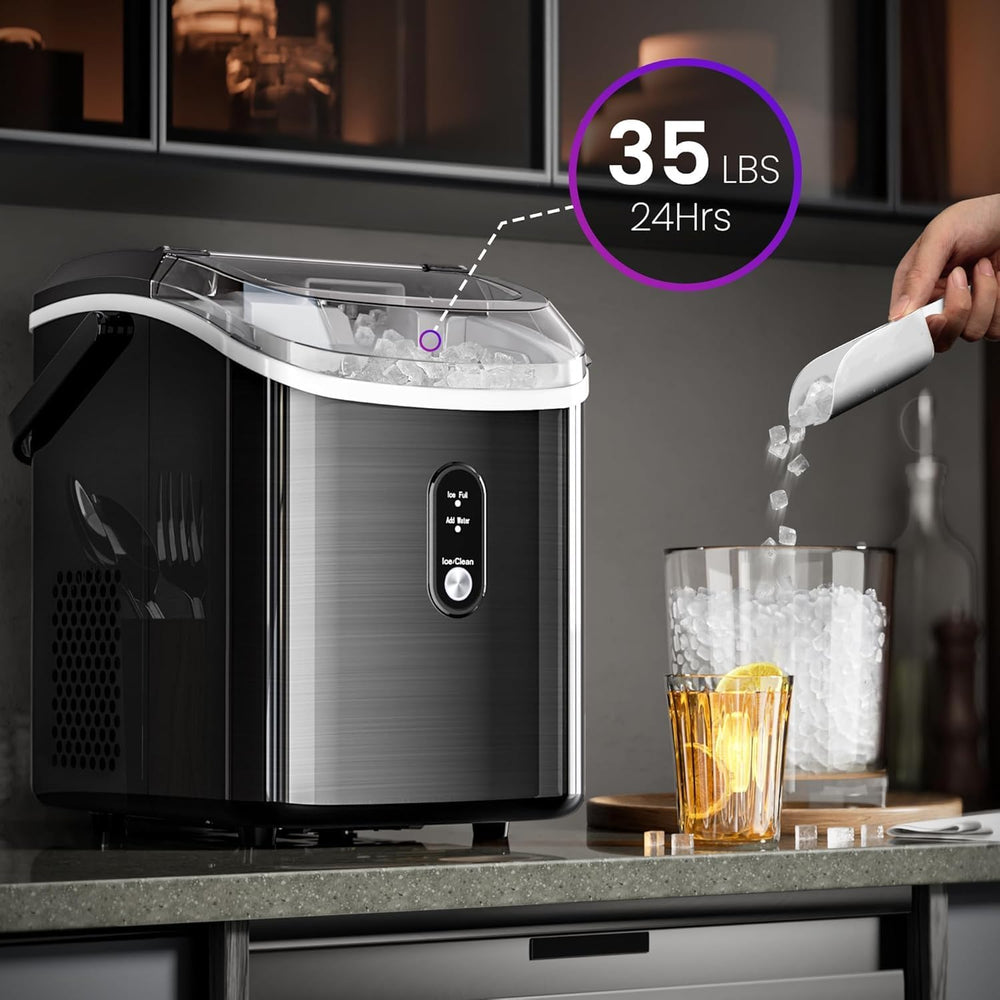Commercial Ice Maker Buying Guide
Owning a commercial ice maker in your business has been the exception and not the rule for an extended period. After Covid, keeping a clean, fresh, and constant supply of ice in restaurants, hotels, or even hospitals is crucial for customers' satisfaction and health protection.
But only some commercial ice makers are ideal for some sectors. It would be best to consider different options, such as quantity, quality, and storage. To make a suitable investment, we have prepared this ultimate buying guide!
Types of Commercial Ice Makers
Offering constant, crystal-clear ice to your customers or employees is a fascinating way of upgrading the quality of your beverages. Having direct and easy access to ice will also ensure your workflow runs smoothly.
Three different types of commercial ice makers depend upon your business's necessities.
Modular Ice Maker

These machines are specially designed for the sole purpose of creating large amounts of ice. You can select them separately because they do not come with a bin and head unit. They can fit into a wide variety of different bins and head units. As a result of this, they can be modified to suit the user's needs in ice amounts.
Depending on the amount of ice you need, it is the bin size you need to buy.
In regards to use, it is designed especially for staff, not customers. This is so because reaching into the ice increases the possibility of contamination. These machines are generally located behind the counter or at the back of the kitchen.
These machines can produce ice between 250 and 2500 lbs daily. The ice machine bins can hold 250 lbs of ice and almost 1700 lbs off the shelf.
Undercounter Ice Machines

These machines are distinctive since they are designed for convenience and smaller spaces. These units are designed to fit underneath countertops. They can be tucked neatly behind bars and server stations to provide staff quick access to the ice they need to prepare drinks.
You can also purchase an under-counter machine that produces smaller sizes of ice for any particular products you offer. For example, an under-counter nugget ice machine can make ice to blend frozen drinks, while an under-counter engine that produces gourmet cubes can serve as the ice source for premium cocktails and liquor served on the rocks.
Due to its size, the production of ice is lower as well. The large option can produce between 50 - 500 lbs of ice every 24 hs. In contrast, the home size can make 100 - 250 ice daily.
Dispenser Ice Machines

These machines are designed for the general public. Or, for any usage where you need to dispense ice in a cup, bucket, or any other device, you don't need to scoop the ice from the bin. They work perfectly for nurse stations. They are conveniently equipped to dispense ice for any patient's drink or prepare ice packs for wound treatment.
Additionally, most of these machines dispense both water and ice. The form that this machine dispenses is "chewable" since one of the main usages is soft drinks. As we mentioned, with Modular Ice Machines, if several people access them, there is a high possibility of contamination. Ice dispensers prevent the spread of germs or contamination from different unsupervised people reaching into the bin area.
What is relevant about Ice Dispensers is that not all will come with a built-in commercial ice machine. Before purchasing, find out beforehand. If it doesn't bring one, you must consider buying an ice machine that fits into the dispenser.
Since dispensers come in various sizes, they can produce 200-800 lbs of ice. They can store,in general, up to 250 lbs of ice at a time.
Types of Ice
Before purchasing any machine, it is crucial to consider the ice you need. Whether your restaurant/hotel/health institution requires a machine capable of producing large amounts of ice or a specific type depends on how the Ice Maker will be used. This will narrow down the Ice Maker options if you know the type you need.
Full Cube
This ice type is the most popular. Restaurants, Hotels, and Bars.
This ice is used to chill cocktails and liquors on the rock. Since their large dimensions prevent them from melting quickly, this preserves the drink's full flavor. Another characteristic of this ice is the aesthetic quality for customers and the satisfying "clink"!
Full cubes are ideal for large applications such as ice dispensers or modular ice machines.

Flake Ice
This type of ice doesn't require a large amount of energy for its production. A great value is in its food presentation. In buffets where, chilled food needs to keep cool. For instance, fresh fish, chilled fruits, and vegetables. This ice type will not bruise or damage your product.
This ice type is rarely found in drinks, except for blended and in healthcare institutions. In the latter, flaked ice is perfect to avoid a choking hazard, especially for children or older people. As it has a 73% ice-to-water ratio, it is light and chewable, plus its high air-to-volume ratio softens the crunch. Another healthcare usage is to "pack" and "bend."
Flake ice melts fast. Due to this, you will be using more ice.
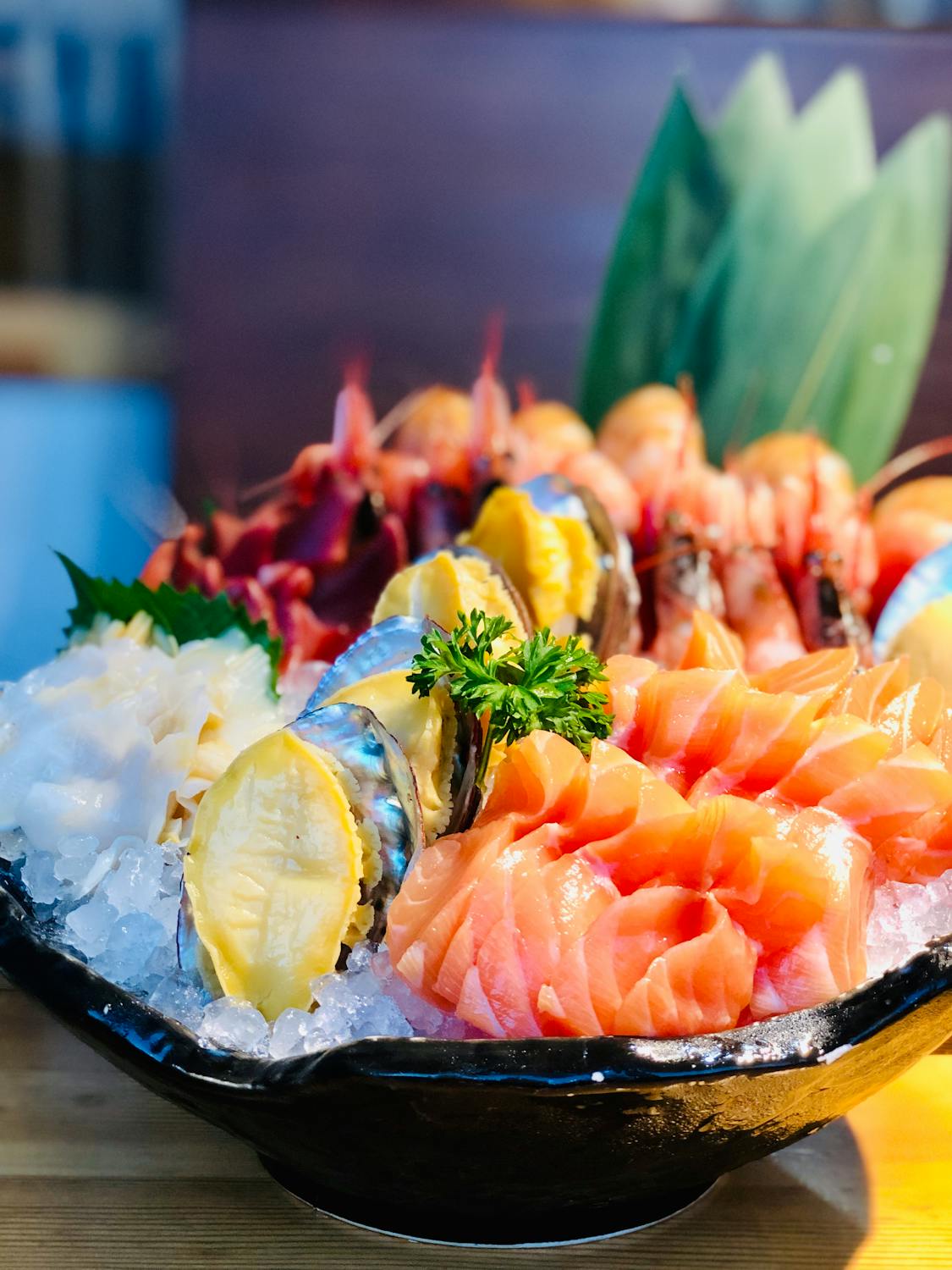
Half Cube
The classic ice cube, this is exactly half of it. This type of ice is the most versatile one. Its usage goes from serving it in soft drinks to blending it into smoothies.
These cubes nest more densely in the glass and cool faster than larger or full cubes. The down part is that they melt more quickly, so they will not be the best option for cooling cocktails or drinks intended to be sipped slowly.
It has a relatively higher ice-to-water ratio, so it has more cooling power. Moreover, as it has lower production needs, the commercial ice makers that make this type of ice are the most popular.
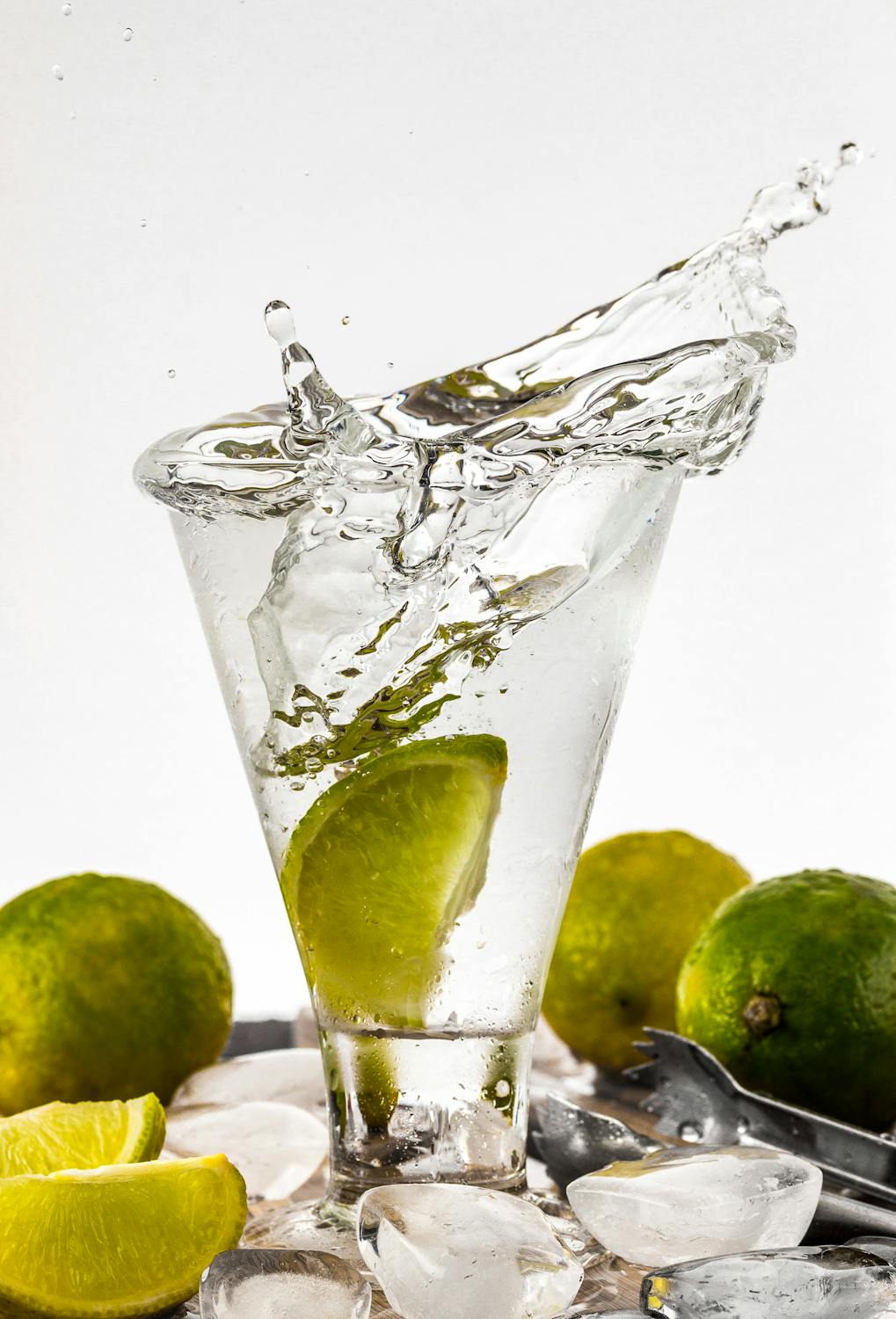
Nugget Cube
These accessible chewable ice forms create a cold, chunky snack that some people love. They are drier than flaked ice, meaning they can be served in dispensers. They melt faster than cubes but flaked is slower. This type of ice is recommended as well for blended beverages. They blend smoothly into frozen drinks such as margaritas and smoothies.
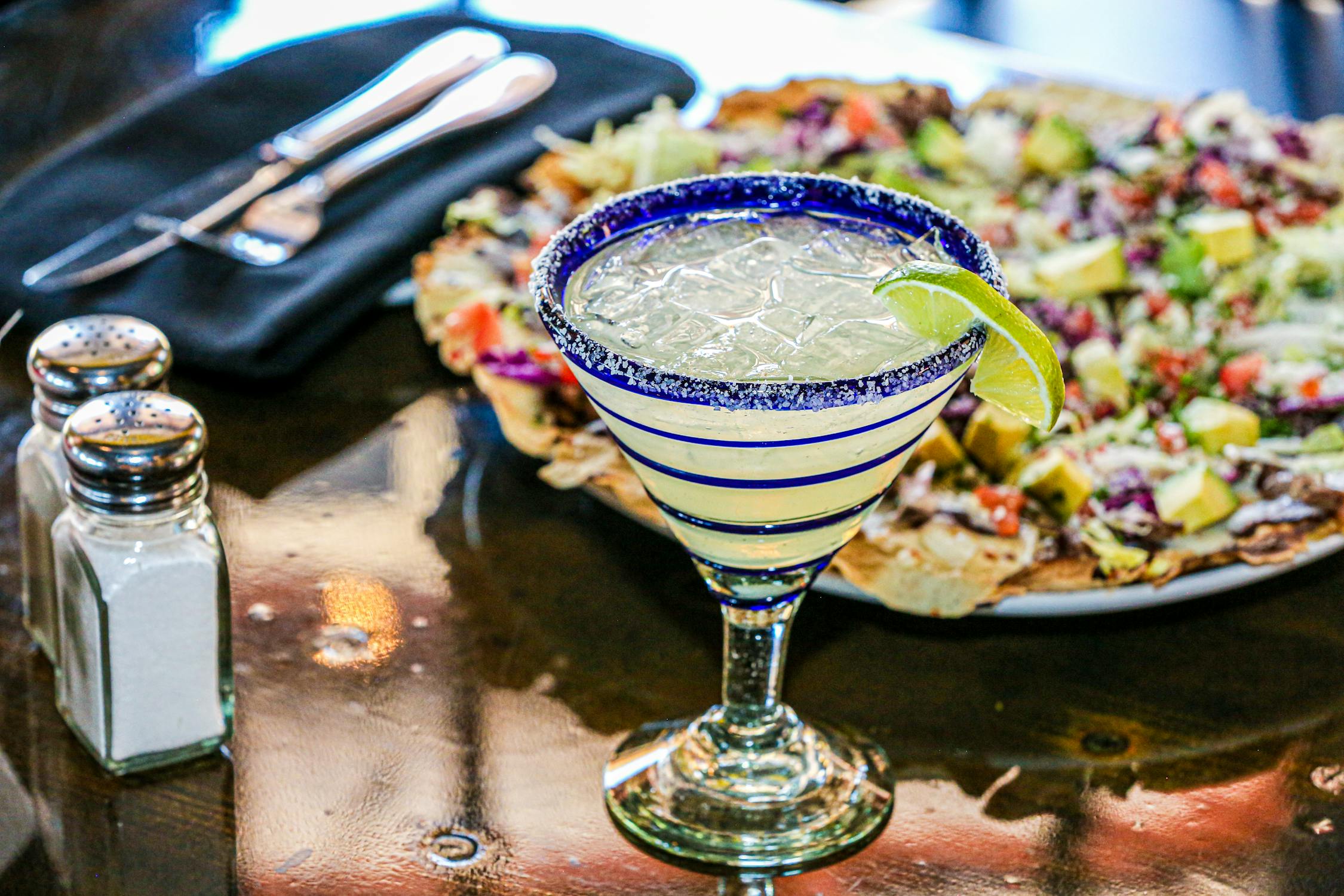
Types of Storage and Dispensers
When choosing the ideal commercial ice maker, you need to take into account the storage your business requires. This will be divided between bins and dispensers.
Ice Machine Bins
Most Ice Machines brands manufacture bins in different sizes; generally, containers can store between 250 and 1650 lbs of ice at a time. Also, bins will come in different widths to match the corresponding ice machine model.
Ice Dispensers
The primary use of dispensers is the access people have to ice in a sanitary way. The difference with bins is that dispensers prevent cross-contamination. This is so because people need access to the ice storage directly.
Types of Compressors
You might already have in mind your Ice Maker and the type of ice you need. But choosing the suitable compressor for your day-to-day ice maker is also as important. This is because it will maintain the quality and consistency of your ice.
Air Cooled
This compressor is the easiest to install but the noisiest as well. As the name says, this compressor circulates the air via the condenser to draw the heat from the refrigeration lines.
It also doesn't use as much water as the Water Cooled. Plus, it is more eco-friendly. However, they tend to be noisy and raise the room's temperature.
Water Cooled
These require more knowledge concerning their installation. They will need two water lines. One for the water condenser and another line for the ice maker compartment.
They also operate more efficiently in hot environments, for instance, the restaurant kitchen. As a result, the ice is exposed to lots of contaminants.
Remote Cooled
If your business is constantly making ice, this is the best option. The remote cooler is placed on the roof and is also air-cooled. Making the remote cooled more efficient and quieter than indoor air-cooled compressors.
They require professional installation and are the last option if indoor water or air cooled don't work.
Rounding Up
No matter what type of business you run, a commercial ice maker will serve a wide range of requirements. Investing in the right one is sometimes daunting with so many different sizes, capacities, and ice types.
Start by considering the daily quantity you need and the ice type. Once this has been studied, find the right place for your machine. Remember the access to it, if you will only leave your staff to access it or your customers.
When this has been decided you will only need to go to our website and pick the correct machine for you.
If you have more questions, you can contact us, we are here to help.




